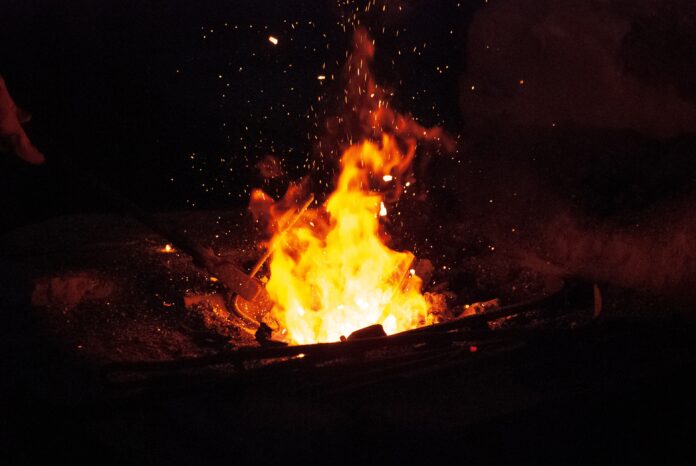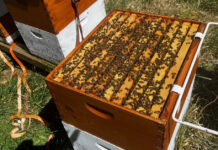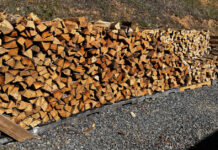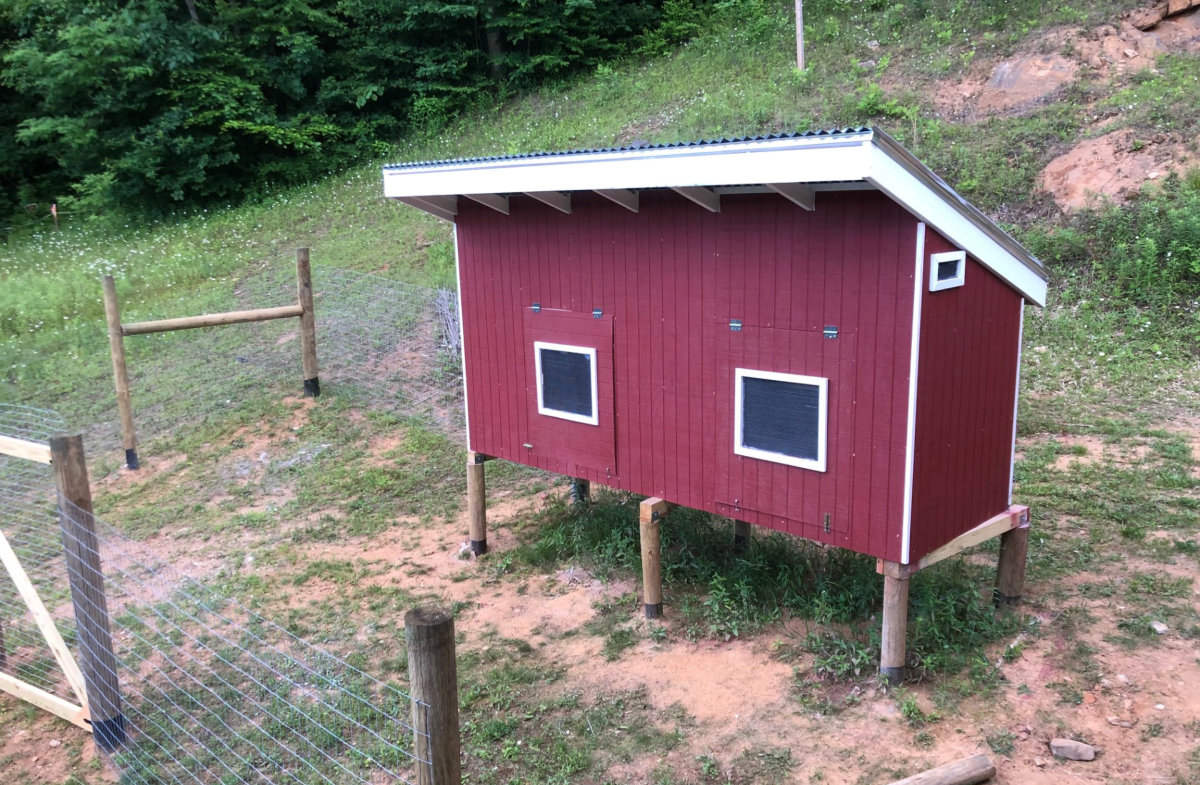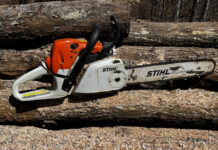I have three hours booked on a forge this coming week. I’m going to forge—or at least start forging—a fixed blade knife that may become my new field knife.
I probably have at least 18 or 20 knives, both fixed and folding, but I only carry three different blades on a regular basis. Most of them sit in a box or are tucked into a bug out bag or vehicle emergency kit. I think every young man has bought a knife that they thought was cool, only to realize some years later that it was foolish. I kept mine around along with some inexpensive blades. They may have little value now, but in a post-SHTF situation, I can trade, give, or lend them out to someone who realizes any knife is better than no knife.
My EDC Knives
But back to my three primary knives: My folding blade is part of my EDC load out and goes with me everywhere. Then I have a small hand-forged fixed blade that is my utility knife. I wear it on my belt when I work outside. This is a small enough knife that I am comfortable wearing it into town as I don’t think it is large enough to be threatening. It is clearly a working blade, not a scary weapon.
When I head into the woods or wilderness, I carry a Cold Steel SRK, or Survival Rescue Knife. This is the standard issue knife for the Navy Seals in their basic underwater demolition training, but that’s not why I carry it. I carry it because it is lightweight and tough. I have an older model in a sheath that hangs from my belt and ties around my leg with what looks like paracord. It may date back to the 1990s, you know, before every tactical knife seemed to come with a Kydex sheath.
The SRK is a good knife that can do many things, but it’s not perfect. At least, not for me. So I put on my thinking cap, pulled out my three favorite blades and a few others, and came up with a wish list of what I want in my knife.
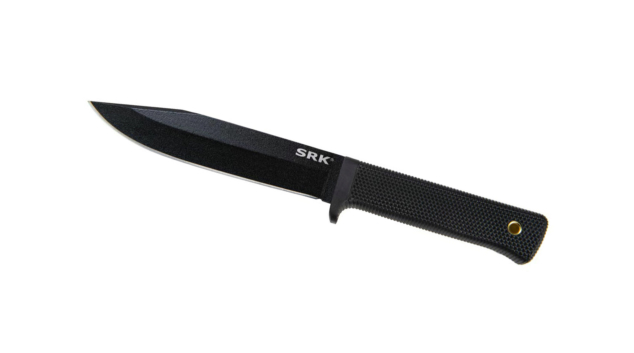
Blade Size
In my collection, I have big knives from Ka-Bar and Becker that are 7-plus-inches long and a bowie knife that is even larger. I have a giant blade that is almost machete size, and I have never taken out of its box because I have no use for it. I also have smaller blades, about three inches long. Something in the middle sounds like a good choice
I’m planning on a blade length of 4.5 to 5 inches. I have handled the Baja 4.5 from TOPS knives at a show, and I liked it. Unfortunately, I didn’t have the cash to buy it. So now that is my target blade size.
The knife will be a full tag knife, of course, and have a hole at the end for a lanyard.
I do not want a thick knife, so 3/16th is probably the max width for me and 5/32nds is even better. Overall length should be under 10 inches. Having a knife that is a quarter inch thick may make it strong, but it also makes it heavy.
Blade Shape
There’s nothing wrong with the shape of the SRK or the traditional Ka-Bar, and I can see why a fighting knife needs a good point that can stab its way into the bad guy, but I’m not building a fighting knife. I’ll take a drop point. But I prefer a recurve, a blade with a little bit of belly (not unlike me).
One thing I don’t like about the SRK is that the synthetic handle material protects the user’s hand. I would prefer a finger guard forged into the blade and possibly a cut-away for my first finger in the grip. A thumb ramp with gimping is OK, but not required.
The Grip
Speaking of the grip, I want it to fill my hand without being too large. I don’t need a giant pommel sticking out the butt for use as an impact weapon. I do like having one or more finger grooves and I’d like the grip to have some texture.
I’ll be working on the blade and tang at the forge, so finishing the grips will have to come later. Still, the shape of the tang is important as it will impact the design of the grip. I have given little thought to what the handle material will be, but micarta and G10 are both obvious choices.
The Edge
So many bushcrafting knives these days have the Scandinavian edge. I prefer a flat grind or better yet a saber grind. I expect I will have to do the finishing touches at home, including grinding the edge and sharpening it. If so, I will probably spend a great deal of time with a file.
Sounds like the three hours of forge time is just a start.

